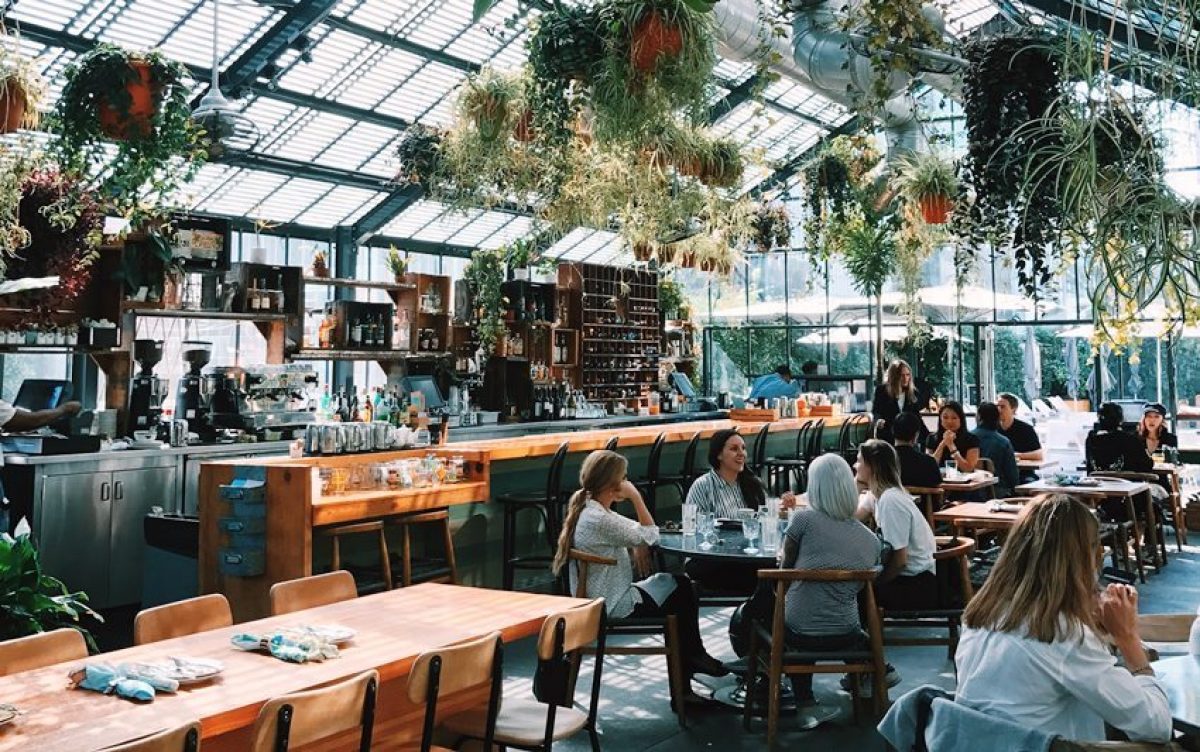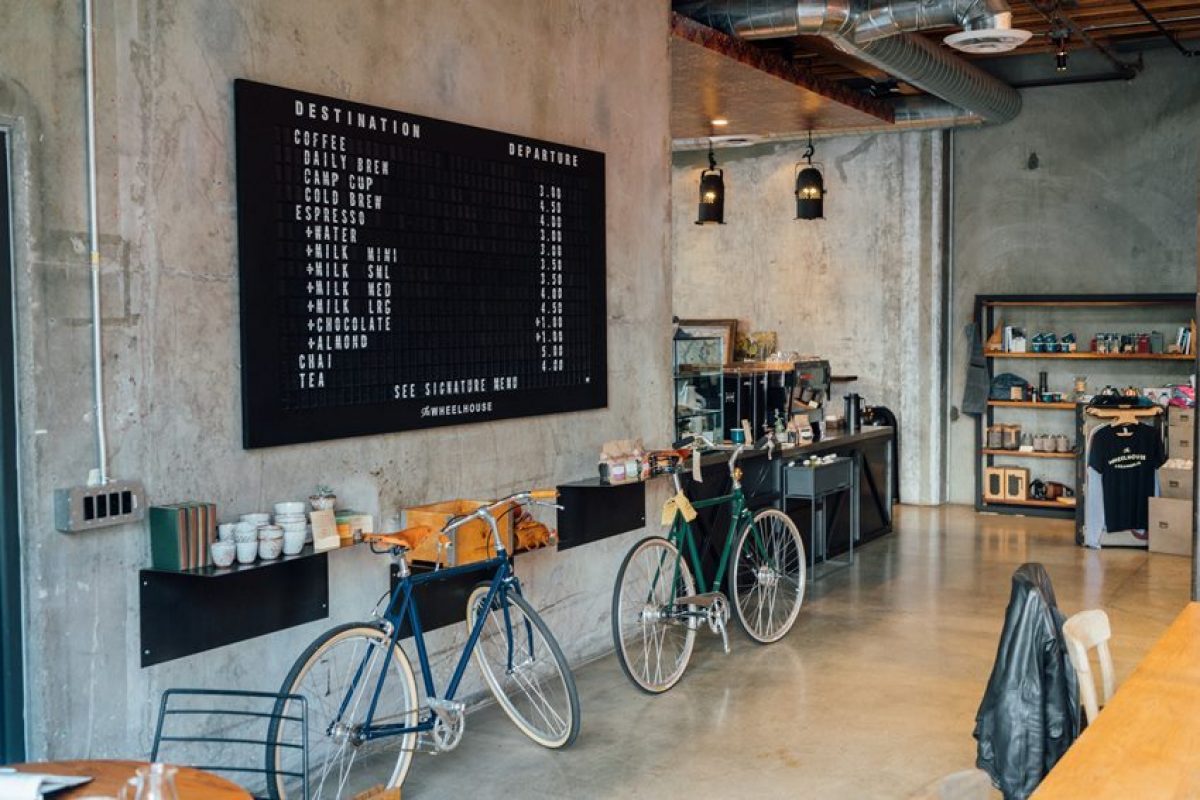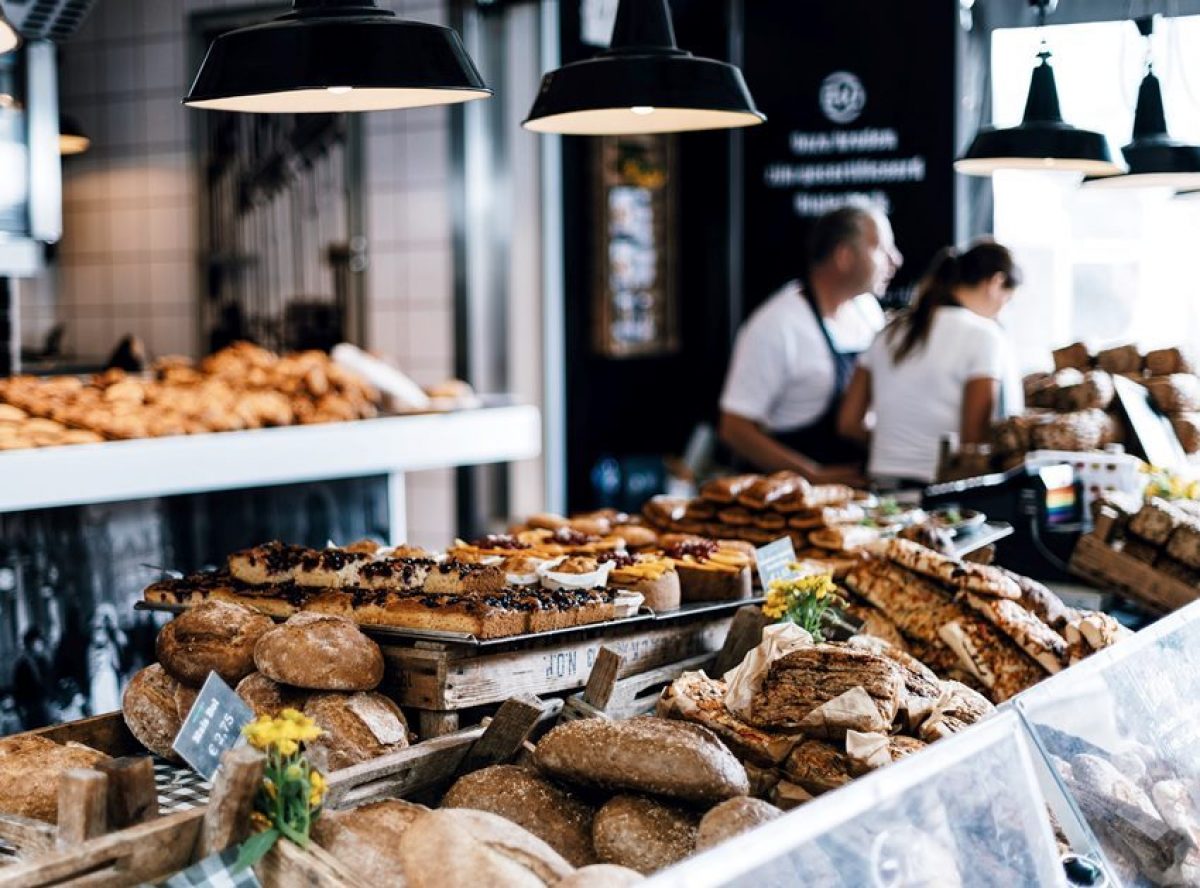Benoy’s sister business, Pragma, are experts in commercial space planning. They specialise in data analysis, modelling and the creation of commercial strategies with a particular focus on mixed use, airports, travel, and retail property.
Together, Pragma and Benoy can deliver a seamless, integrated offer of data plus creative design solutions, unmatched in the industry.






